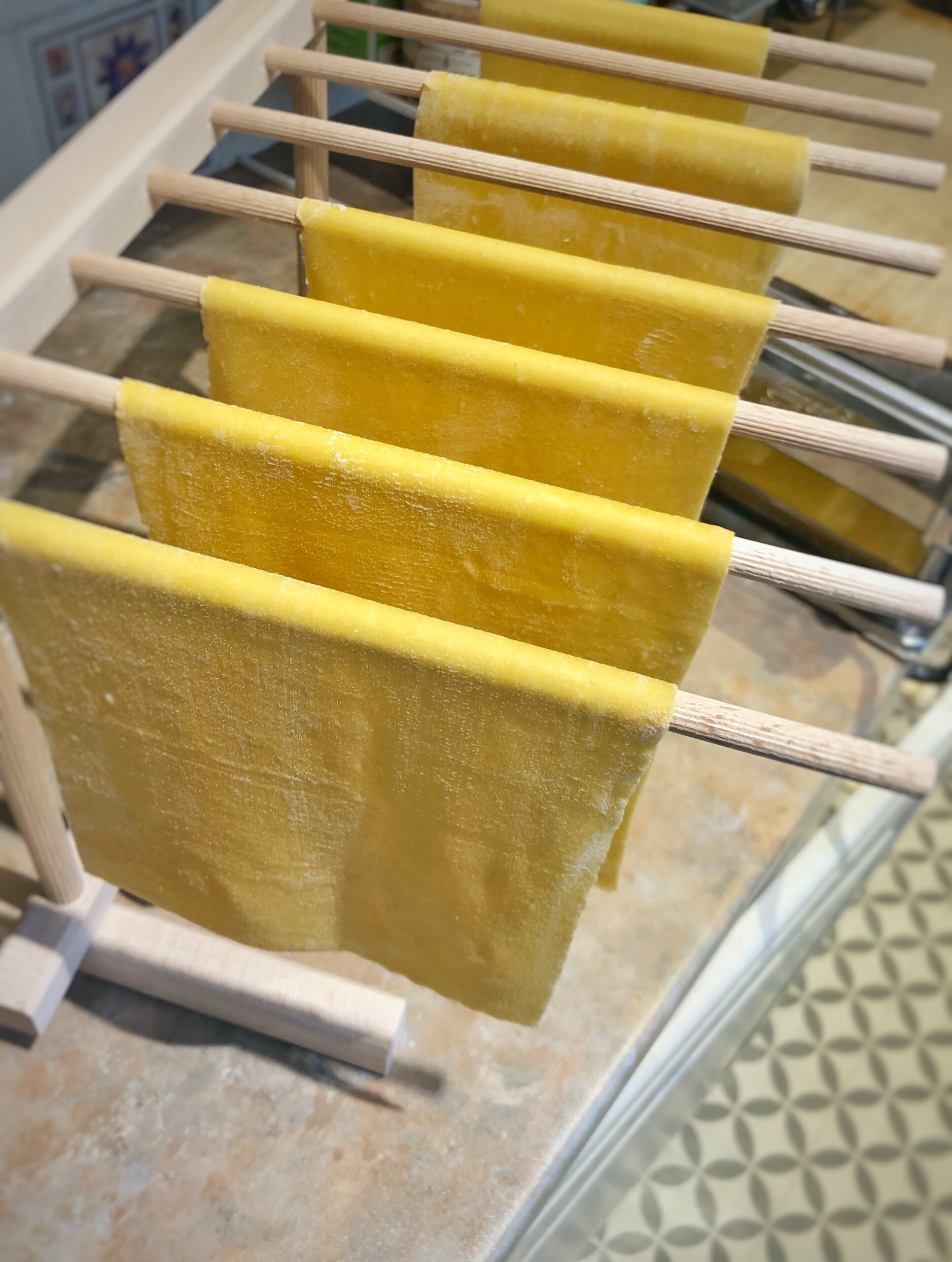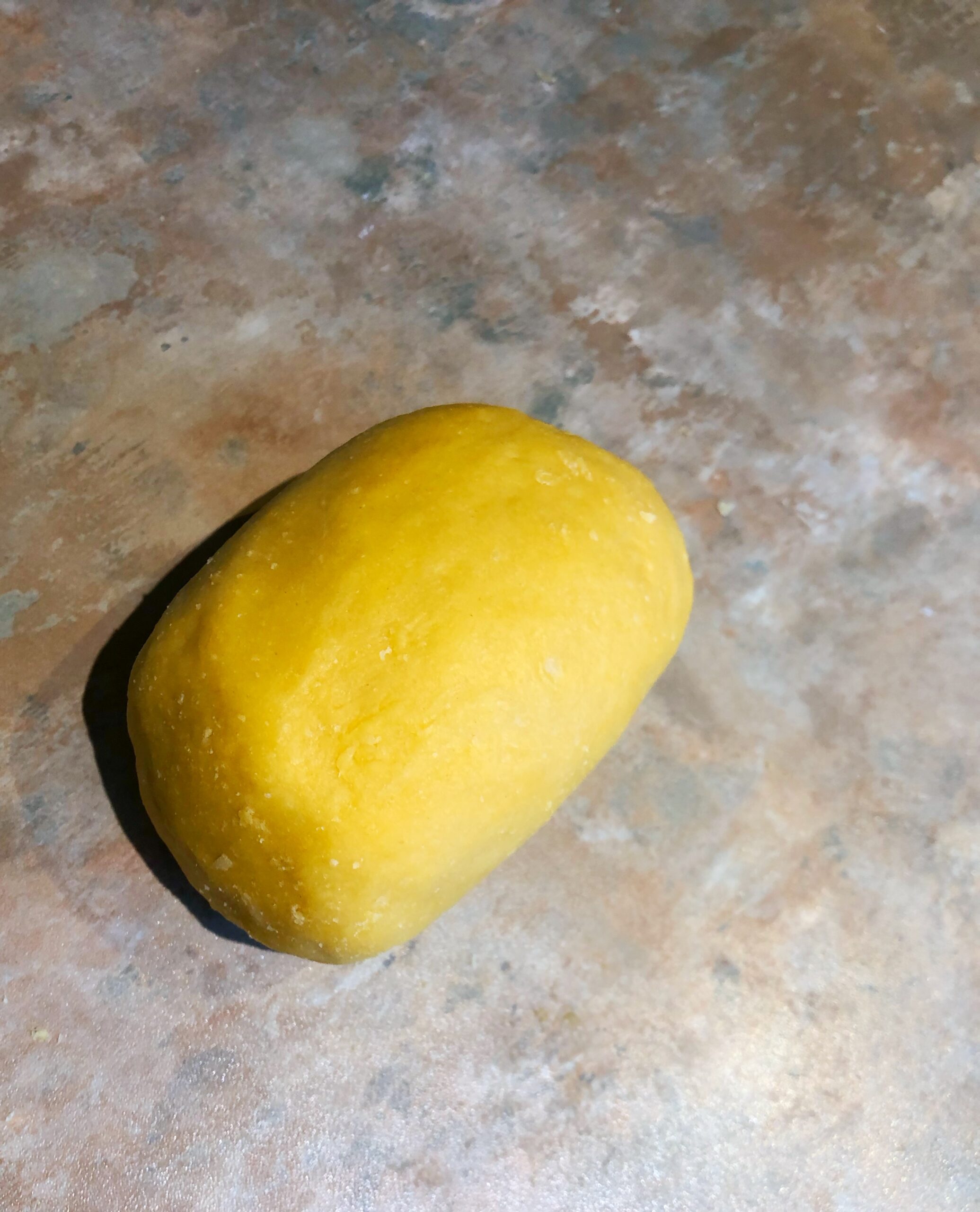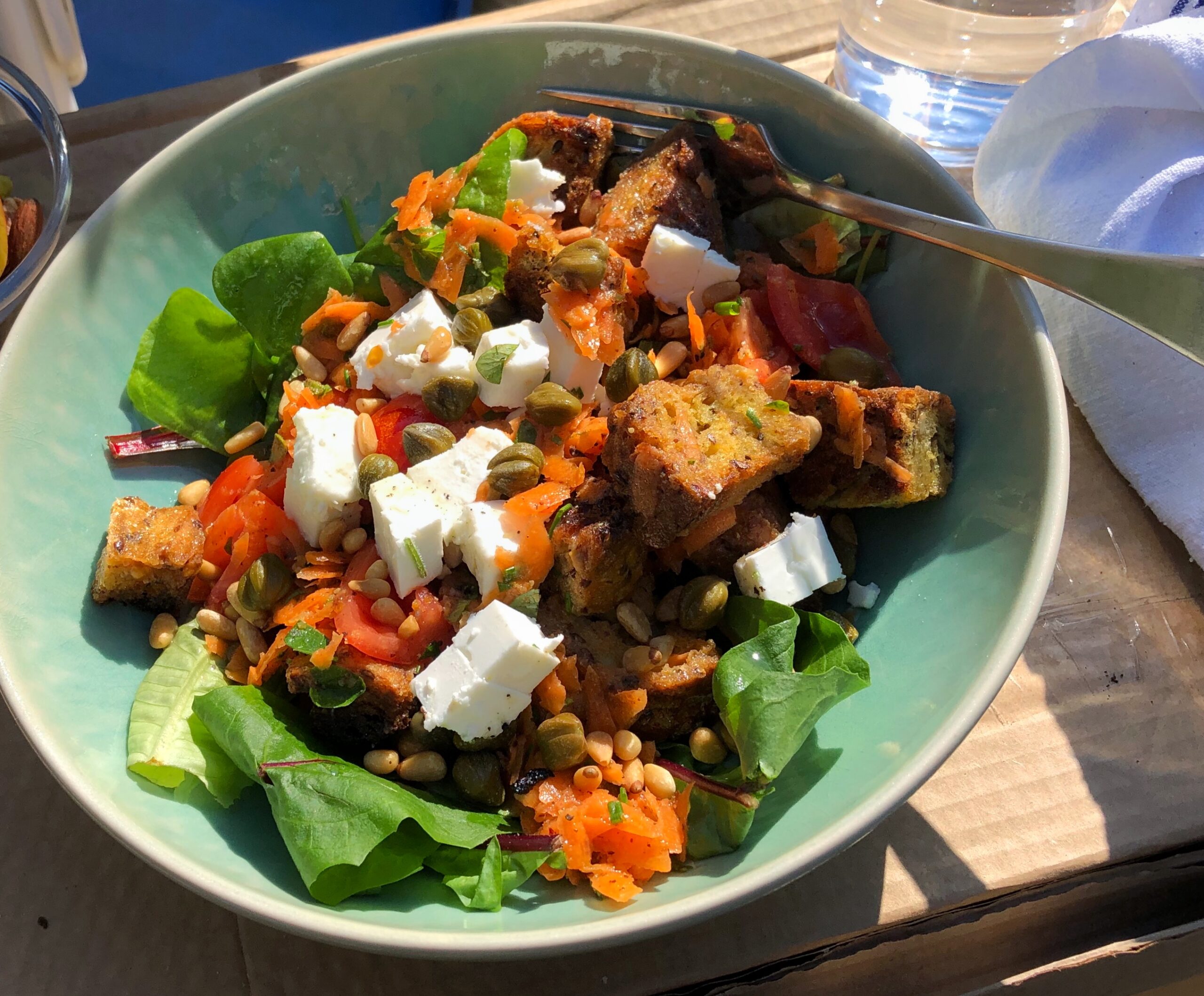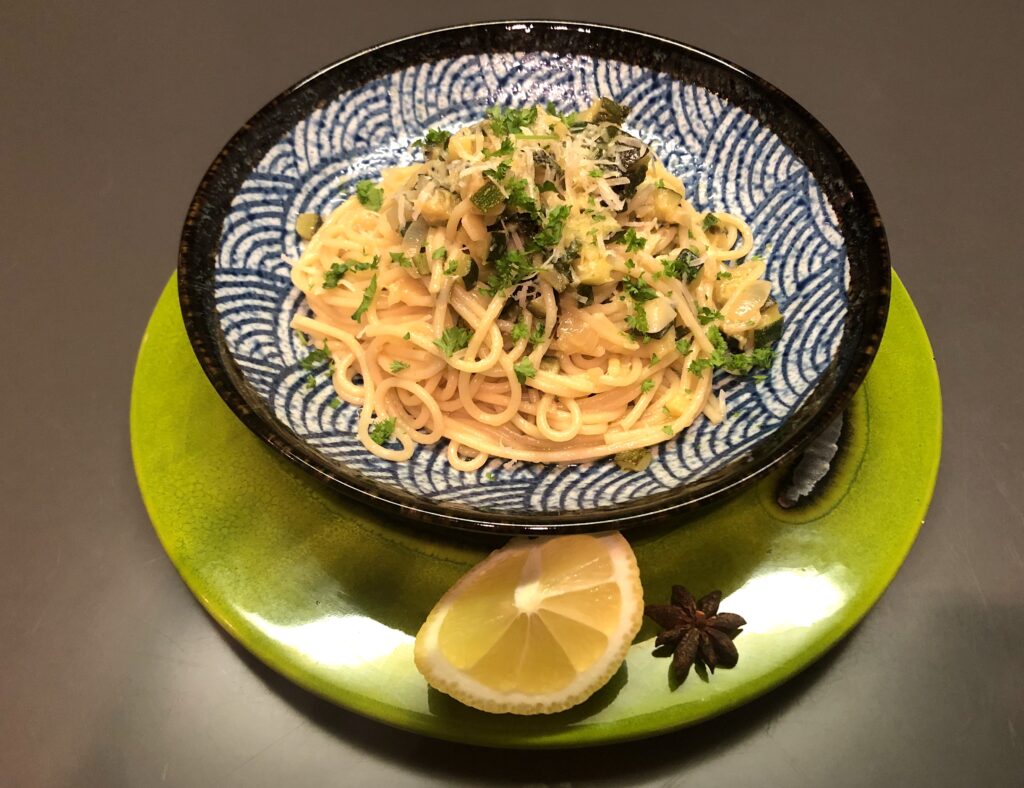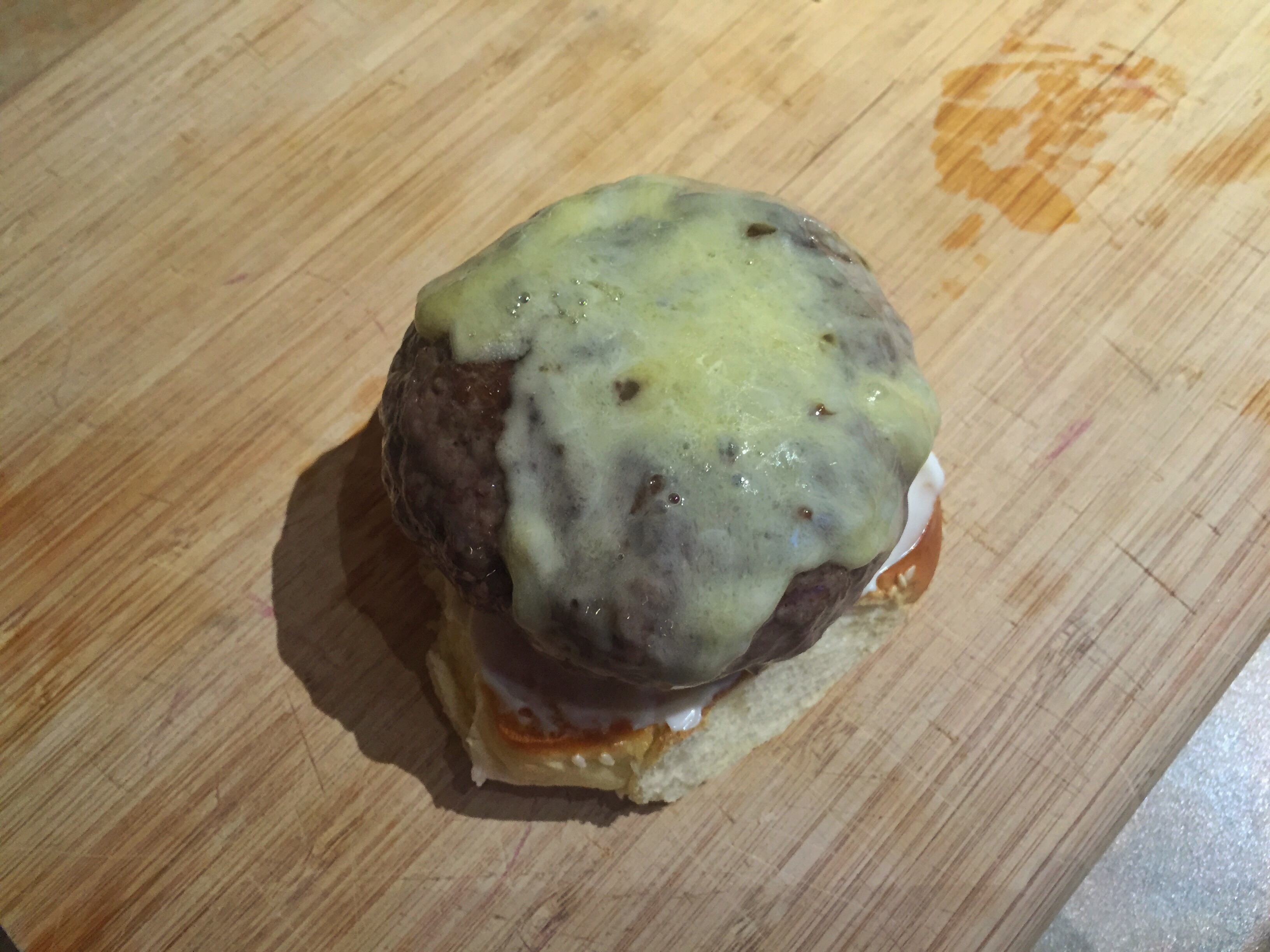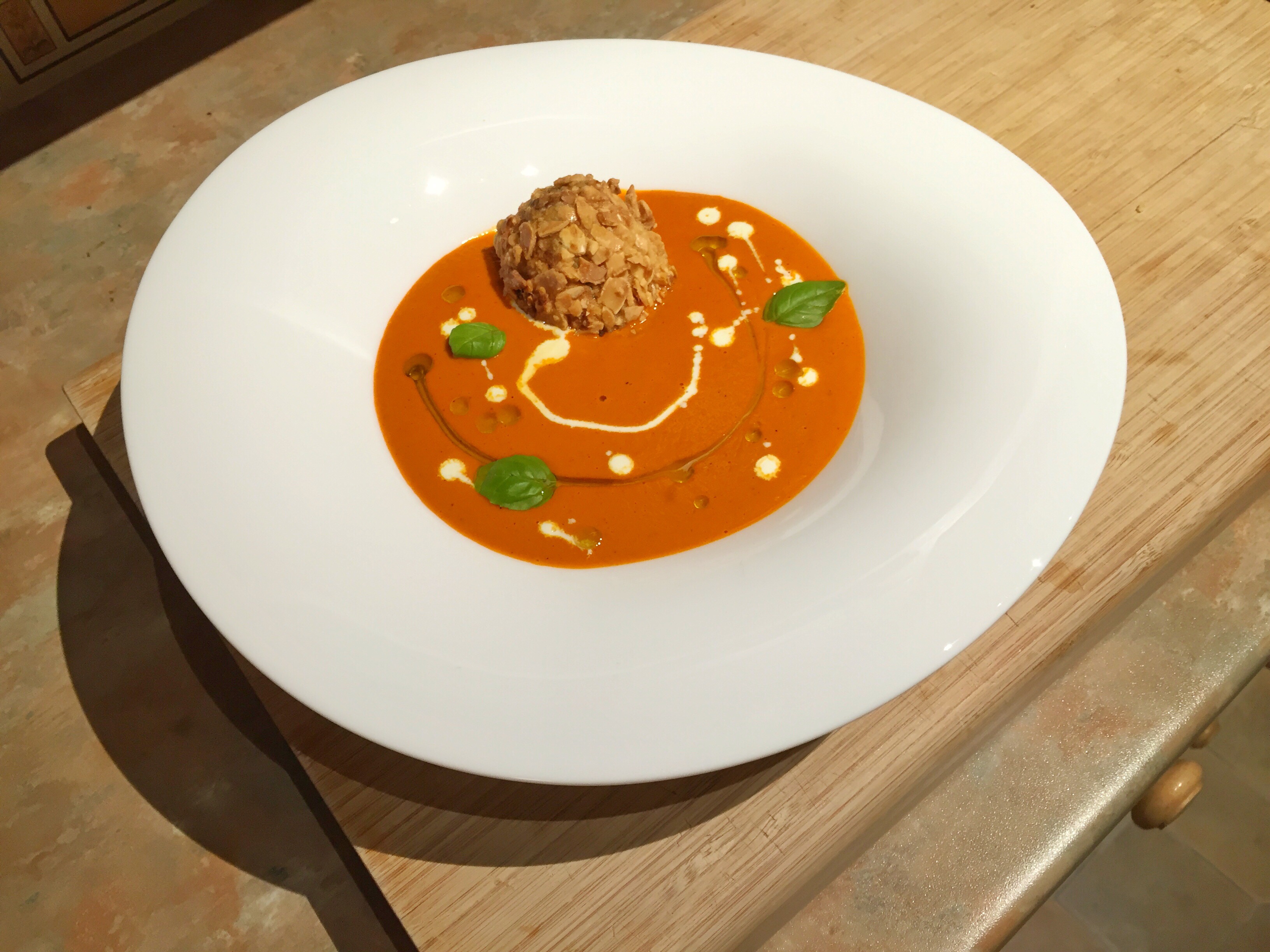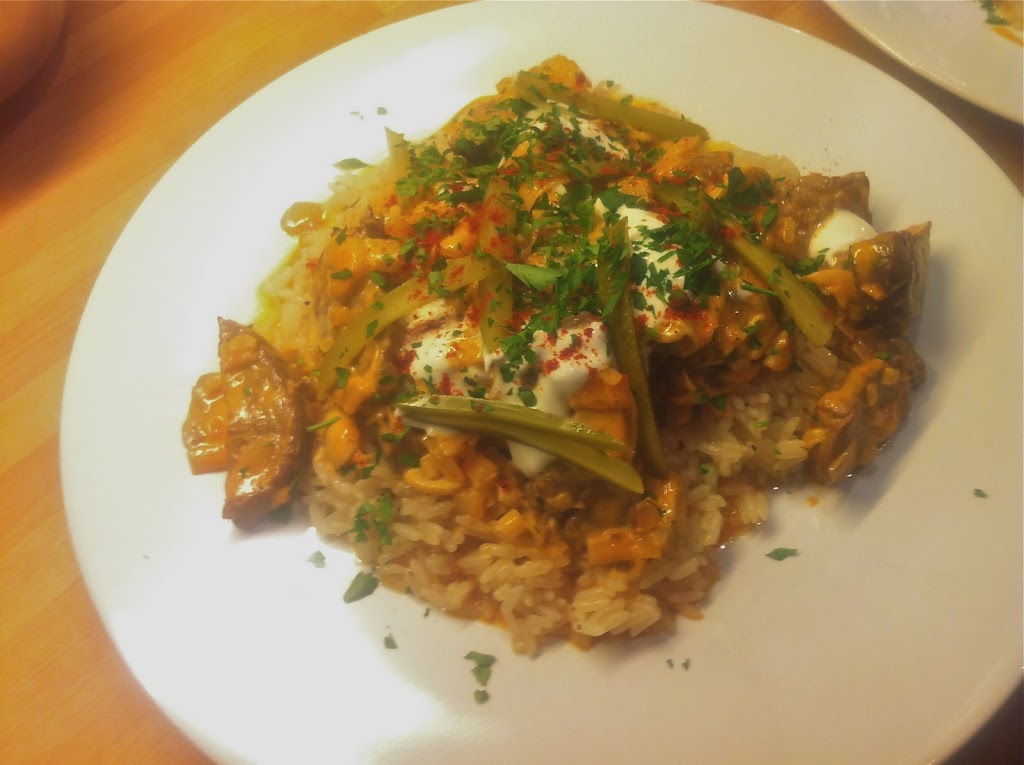
Also known as Joues de Bœuf à la Bourguignonne in it’s native tongue, this was a great autumnal dish full of flavour and richness. As often with braises it’s better the next day so make it in advance if you can.
This serves about 4 people.
Ingredients for Beef cheeks braised in red wine:
100g plain flour
10g salt
10g pepper
700g beef cheeks, cut into 12 large pieces
50ml rapeseed oil
150g carrots, roughly chopped
150g onions, roughly chopped
1.1 litres good-quality red wine
4 cloves garlic, chopped
For the bouquet garni:
1 stick celery
4 stalks flat-leaf parsley
1 bay leaf
2 sprigs thyme
3 green leek leaves
For the garnish:
120g baby onions or small shallots
30g unsalted butter, plus extra to glaze
½ tsp caster sugar
200g baby carrots
120g, smoked streaky bacon, cut into lardons
12 button mushrooms
For the mashed potato:
800g potatoes, such as Maris Piper, King Edward or Idaho
1 litre water
25g salt
200g unsalted butter
100ml double cream
salt and pepper
flat-leaf parsley, finely chopped, to garnish (optional)
How to make Beef cheeks braised in red wine:
For the mash, peel the potatoes, cut into quarters and place in a large saucepan. Cover with the water and add the salt. Slowly bring to the boil and simmer until tender – if you boil them too hard, they will take on too much salt. The timing will depend on the size of your chunks.
Drain in a colander and allow to dry by leaving them to sit and steam in the colander for a few minutes. Pass the potato and butter through a mouli or return them to the pan and mash until smooth.
Meanwhile, pour the cream into a small saucepan and warm it through gently. Place the pan of mashed potato back on a medium heat and stir to dry the potato out. Add the warm cream and mix it in with a spoon until very smooth. Check the seasoning, garnish with the parsley, if using, and serve immediately.
To make the beef cheeks, heat the oven to 200C/gas mark 6. Place the flour on a plate, season with salt and pepper, then roll the pieces of meat in it until lightly coated. Heat the oil in a large, heavy casserole until very hot. Brown the meat quickly and evenly. Add the chopped carrot and onion, cover, and leave to sweat gently for 10 minutes.
Holding the lid over the casserole, pour away all the cooking fat. Add the wine and stir to deglaze. Bring to the boil, then add the garlic and bouquet garni, and season. Replace the lid and cook in the oven for about 2½ hours, until the meat is very tender. Stir regularly during cooking, adding a little water if necessary.
Meanwhile, place the baby onions in a saucepan large enough to hold them in a single layer. Cover with 50ml water, or enough so that the onions are only just covered, and stir in the butter and sugar. Place a circle of greaseproof paper (a cartouche) over the surface of the liquid and bring to the boil. Simmer until all the liquid has evaporated and the onions are glazed and shiny. Keep warm, covered, over a very low heat.
At the same time, blanch the baby carrots in boiling salted water, drain well, then return to the pan and toss in enough butter to coat them until they are shiny. Fry the bacon in a small frying pan over a high heat, until crisp. Remove from the pan with a slotted spoon, then add the mushrooms to the pan, frying them in the bacon fat, until golden and tender.
Remove the casserole from the oven. Lift out the pieces of meat with a slotted spoon and discard the vegetables and the bouquet garni. Place the meat in a clean pan, pass the sauce through a fine sieve over the meat and gently stir in the bacon and mushrooms.
Serve the daube on plates with mashed potato, the glazed button onions and carrots, and the sauce over the top.
